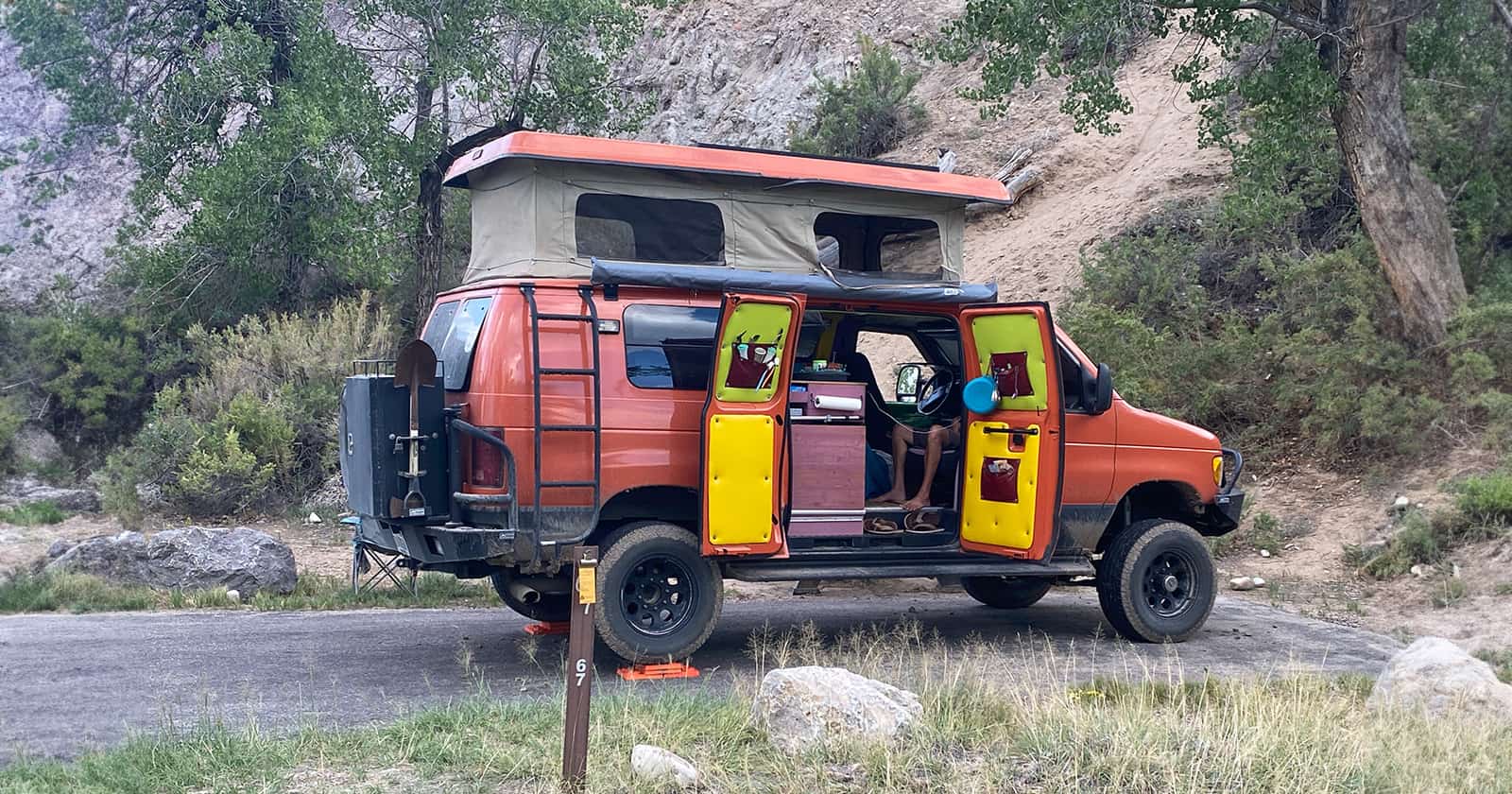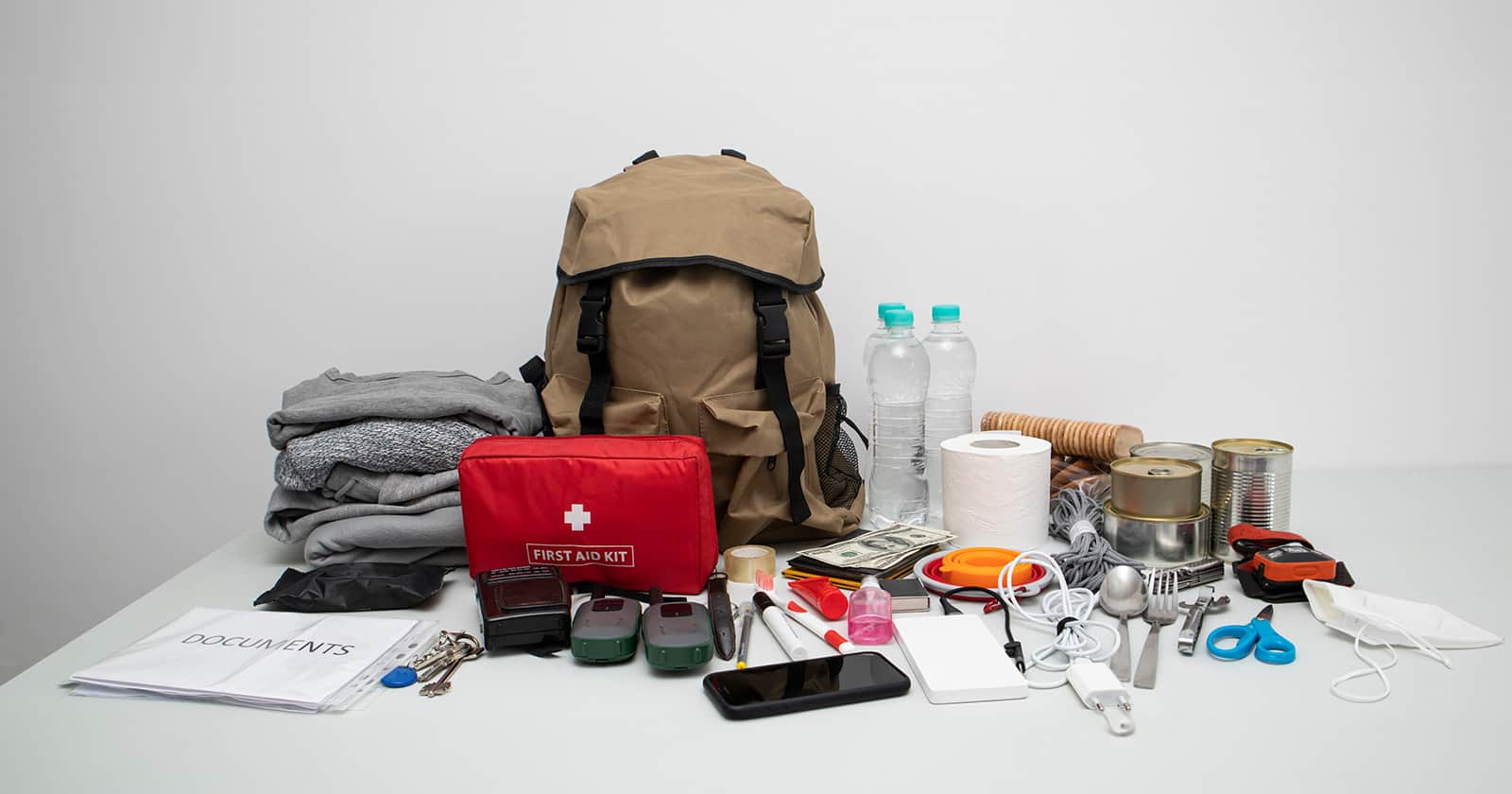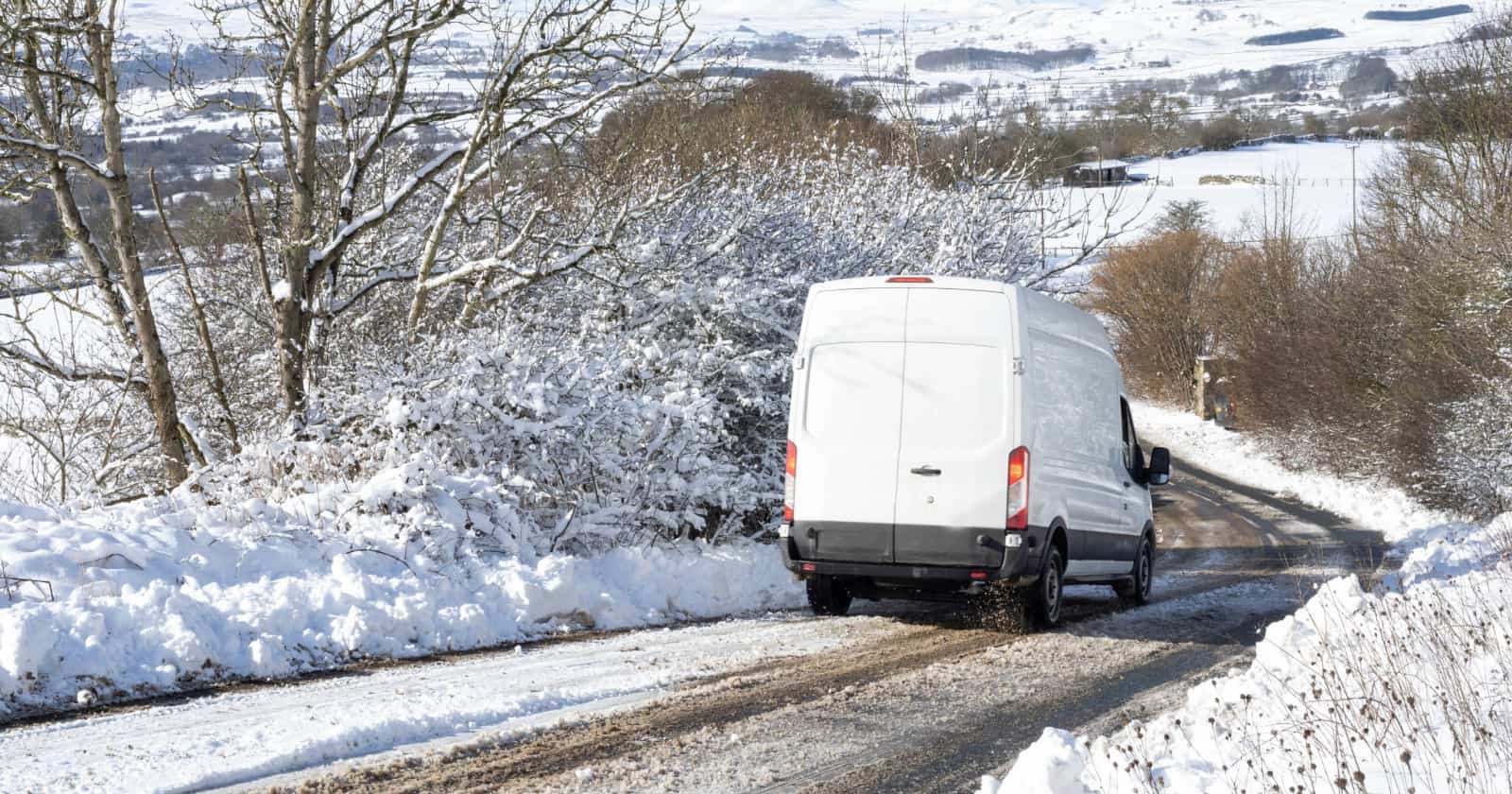Safety Driving Tips You Need to Know
The best option when driving in fog is not driving in fog. But sometimes, you might be taken by surprise driving through an area of thick fog, and pulling over is not always a safe option. How do you get through this weather situation as safely as possible?
1. Increase Your Distance When Driving in Fog
This is the first thing you want to do. In good weather, you want a 2-second count distance. Driving in the fog, you will need about 5-seconds. You can’t see that far in front of your camper van, so you need extra stopping time in case something looms up in front of you. This doesn’t just apply to other vehicles; animals may be crossing the road.
2. Check Your Mirrors
When you are entering the fog, get an idea of where other traffic is around you by checking your mirrors. Knowing where other drivers are will help you maintain your distance and reduce the chances of collisions or accidents due to a lack of visibility in the fog. You can also continue to look for other drivers without their lights on.
3. Slow Down When Driving in Fog
Driving fast does not allow you enough reaction time for surprise encounters. Also driving slowly and maintaining a safe speed will give other vehicles around you time to predict your movements and how fast you are going. Slowing down helps you visually see the highway markers, lines, and signs.
Normally you can determine curves, hills, and other potential traffic issues visually but in the fog, you will need to rely more on the posted signs and what is immediately in front of you. You may be encountering slick roads too, so slowing down will prevent slipping and sliding on the road.
4. Keep Your Wipers On
Fog is moisture, and it will build up on your windshield. Keep your wipers on as if there was a light rain or drizzle outside. This will keep droplets from forming on your windshield and blocking your already limited visibility.
5. Avoid Condensation
Moisture can also build up inside your RV. Avoid condensation by turning on some heat. Hot air can hold more moisture so let it absorb the moisture. Then switch over to the A/C which will pull the moisture from the air. Be sure to turn off the recirculation button if you have one so colder, dryer air is brought into the car and not from the moisture outside.
6. Make Your Vehicle Visible
Make sure people in front of and behind you can easily spot your vehicle using your low-beam (and fog lights, if you have them) along with your taillights. Never use your high-beam lights; they will only compete with the fog, reflecting and making it hard to tell what is in front of you. Dip your headlights if you have this feature.
7. Listen for Drivers
Use all your senses. If your visibility has been reduced, rely on your sense of hearing. Listen for other drivers that may be coming close to you. Unlike driving in a downpour, you can hear more when driving in the fog. Turn off the radio, and reduce distractions. Even the sense of smell can alert you to accidents that have occurred in the fog.
8. Pull Over as a Last Resort if You’re Driving in Fog
If it becomes too foggy, you should stop. The best possible option is to pull way off the shoulder into a grassy area. Move as far as you can away from the main road. Keep your hazard lights on but turn off your headlights so you don’t run your battery down.
This will allow other drivers to know you are there, so they don’t pull off in the same spot. It also lets them know you are not traveling down the road with your headlights off.
The Important Thing is to Arrive Safely
If you are in an early morning fog, chances are it developed overnight and will dissipate in the sunlight hours. Depending on the humidity and temperature, fog can form very suddenly and then disappear just as quickly. So be patient, drive carefully, and arrive at your getaway safe.




Ever read about, or see videos, on traffic accidents in fog. You can do all those things listed above, and get some idiot behind you who does not slow down in the fog and slams into. I’ve read about incidents with up to a hundred vehicle were involved.
So, Tip # 1 about driving in fog. Don’t do it, park and wait it out.
I take issue with leaving your flashers on if you pull over…from experience with sandstorms in the SW… cars are more likely to see your lights and thinking you are moving slowly, try to follow you, ending up crashing into you.
We were caught in the thickest fog I have ever been in while driving to Southern CA from Northern, on the 5 Freeway. I have never been so stressed while driving. I needed to stay somewhat close to the car in front of me to follow them. I could not see the road, the lines, nothing. There was nowhere to safely pull off, it was terrifying. I hope to never experience that again!